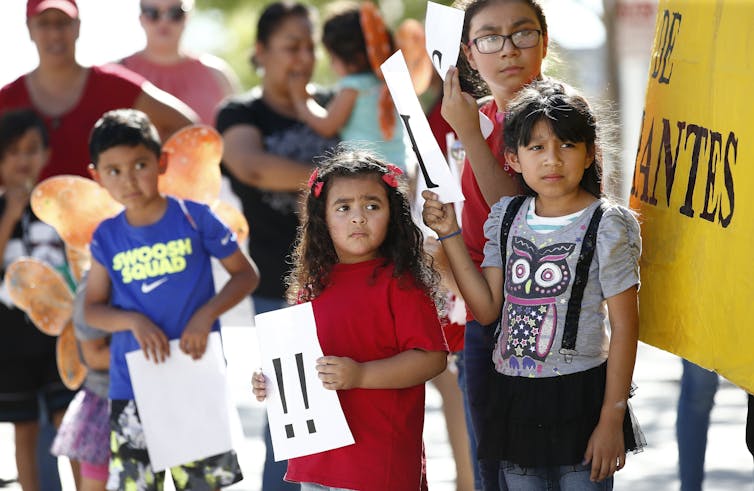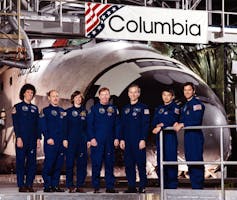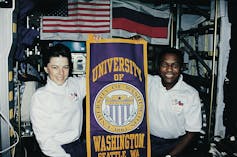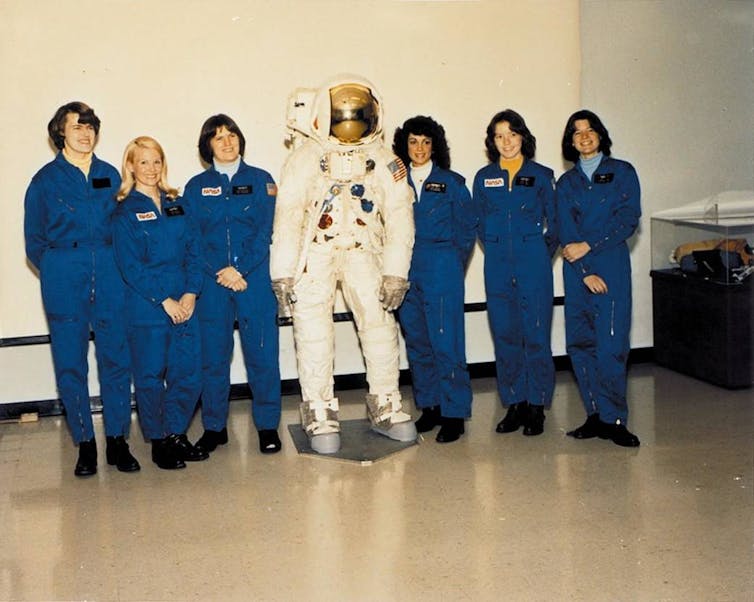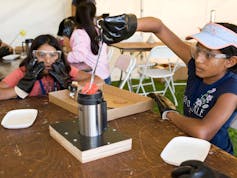 |
| Smithsonian curator Dr. Aaron Bryant gives a personal tour of the exhibit to Ben & Jerry’s co-founder Jerry Greenfield. |
Ben & Jerry's factory in Waterbury, VT is marking the 50th anniversary of the 1968 Poor People's Campaign with a special display from the Smithsonian's National Museum of African American History and Culture.
⏩ The ice cream factory is Vermont's largest, single tourist attraction, receiving almost 400,000 people a year.
 |
| Dr. Bernard LaFayette and his wife, Kate, stroll through a new exhibit on the 1968 Poor People’s Campaign installed at Ben & Jerry’s factory in Waterbury, VT. |
On Friday, June 22, Ben & Jerry's Co-Founder Jerry Greenfield dropped the curtain on a new display depicting Dr. King's 1968 Poor People's Campaign against racism, poverty, and militarism.
"These issues are as pressing today as they were 50 years ago," said Ben & Jerry's CEO Jostein Solheim. "We're hoping these images will inspire people to join the Poor People's Campaign for racial and economic justice."
Dr. Bernard LaFayette, Chairman of the Southern Christian Leadership Conference, was on hand to share his perspective as a long-time civil rights leader and organizer. Dr. LaFayette worked closely with Dr. King and was with him just hours before his assassination.
Dr. Aaron Bryant, curator at the National Museum of African American History and Culture in Washington, DC, gave an overview of the exhibit's significance. "This display explores Dr. King's final and most ambitious campaign to end poverty in America. It serves as an inspiration to the modern effort for economic justice and fairness, and reminds us how much more work needs to be done."
⏩ The exhibit will be on display through December 31, 2018.
 |
| Ben & Jerry’s CEO Jostein Solheim welcomes Co-Founder Jerry Greenfield at the opening of an exhibit on the 1968 Poor People’s Campaign at the company’s Vermont ice cream factory. |
As an aspiring social justice company, Ben & Jerry's believes in a greater calling than simply making a profit for selling its goods.
Ben & Jerry's incorporates its vision of Linked Prosperity into its business practices in a number of ways including a focus on values-led sourcing. In 2015 the company completed its transition to using entirely non-GMO (genetically modified organisms) ingredients by source as well as to fully source Fairtrade-certified ingredients wherever possible, which benefits farmers in developing countries.
Ben & Jerry's, a Vermont corporation and wholly-owned subsidiary of Unilever, operates its business on a three-part Mission Statement emphasizing product quality, economic reward and a commitment to the community.
Ben & Jerry's became a certified B Corp (Benefit Corporation) in 2012. The Ben & Jerry's Foundation's employee-led grant programs totaled $2.7MM in 2017 to support grassroots organizing for social and environmental justice around the country.
 |
| Dr. Bernard LaFayette shared his perspective as a long-time civil rights activist at the opening of an exhibit on the 1968 Poor People’s Campaign at Ben & Jerry’s Vermont factory. |
About the National Museum of African American History and Culture:
The National Museum of African American History and Culture has welcomed almost 4 million visitors since opening Sept. 24, 2016, on the National Mall in Washington, D.C.
Occupying a prominent location next to the Washington Monument, the nearly 400,000-square-foot museum is the nation's largest and most comprehensive cultural destination devoted exclusively to exploring, documenting and showcasing the African American story and its impact on American and world history.
⏩ For more information about the museum, visit nmaahc.si.edu,
Martin Luther King Related Video:


 Immigrant rights advocates speak against Trump’s policies in New Mexico. (AP Photo/Russell Contreras, File)
Immigrant rights advocates speak against Trump’s policies in New Mexico. (AP Photo/Russell Contreras, File)

